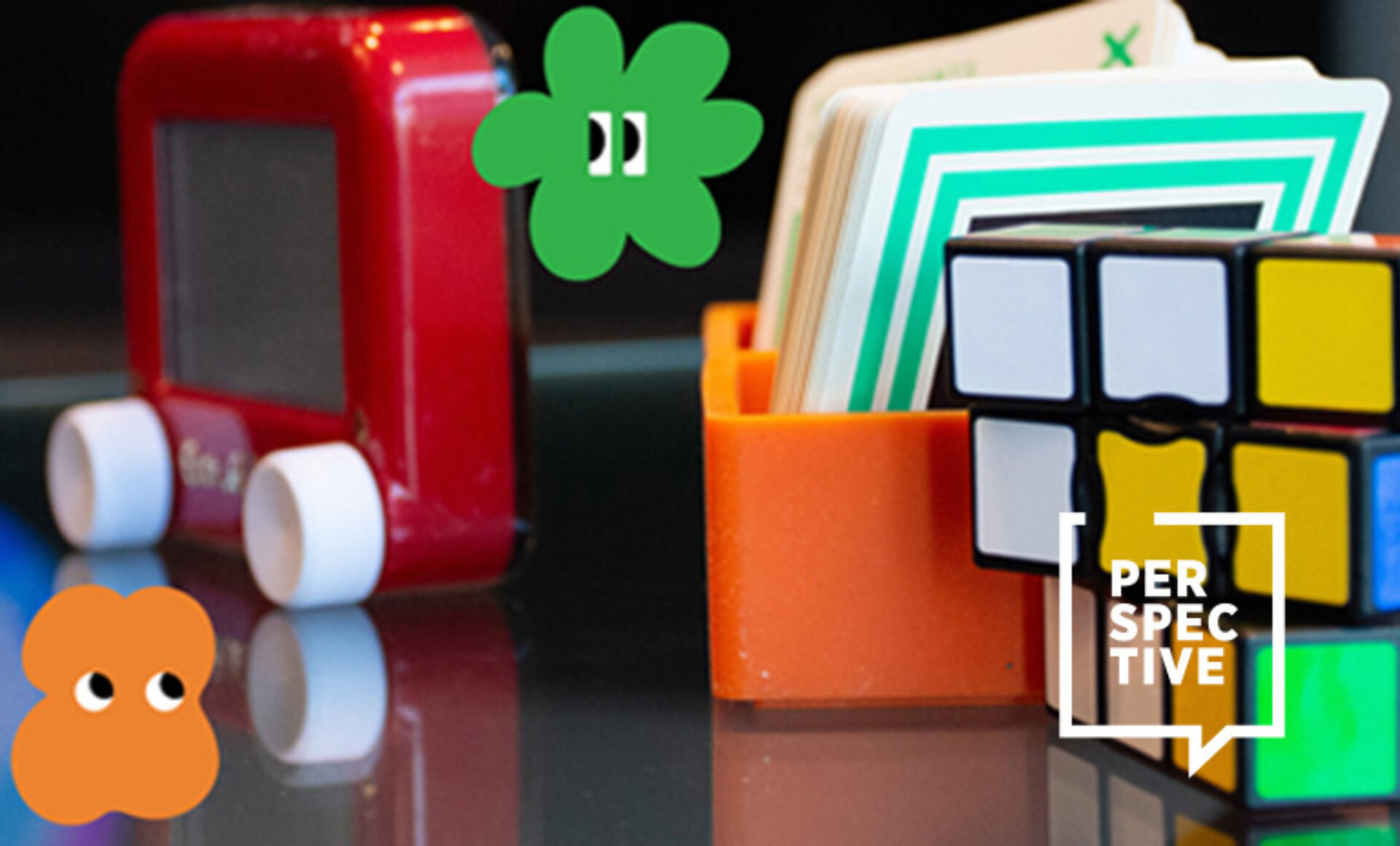“Your work is a little like a love story to Chicago,” says IIDA Executive Vice President and CEO Cheryl Durst, Hon. FIDA during the 2022 NeoCon keynote. Nick Cave agrees. “I wouldn’t be as focused and as clear if I was in New York,” he says. “Chicago has allowed me the space to realize what’s really important to me”. The internationally-renowned Chicago-based artist recalls the incident that changed his life and work forever: the beating of Rodney King by the Los Angeles Police Department in 1991. “Afterwards I was sitting in Millenium Park and there was this twig on the ground,” he says. “Suddenly, I started collecting all the twigs,” he adds. The first Soundsuit, one of Cave’s better-known works, came to life. “I created a sculpture that I realized I could wear,” he says. “As I was moving, movement generated sound.” Other found objects–from stones to hair, to metal, and fabric–followed. This was a pivotal moment in his practice. Cave used sound as protest–against being dismissed as a Black man, against being discriminated upon, against being viewed as less than. Since then, he’s been creating ground-breaking work at the intersection of sculpture, installation, sound, performance, and film to address pressing societal issues related to race, gender, sexuality, and class.
No art exists in a vacuum. Always influenced by politics, society, trends, and private life, Cave is a great example of prompting questions, and of urging difficult conversations. “If you wanna march about it, you gotta talk about it,” he says about another pivotal moment: the murder of George Floyd. Together with Bob Faust, his partner in work and in life, they ask everyone to dig deep, to acknowledge, and to take responsibility for personal roles in the proliferation of racism through publicly shared confessions and apologies through their project "AMENDS." Presented by Facility, the duo’s multidisciplinary creative space in Chicago that encompasses art, design, and community, AMENDS is trifold: Part one features a collection of handwritten reflections from culture leaders, friends, and family in the form of notes, quotes, or letters to be displayed on the gallery’s storefront windows. Part two happens across the street at Carl Schurz Public High School as a community-wide expression titled Dirty Laundry. There, public apology notes are written in yellow ribbons that form a clothesline. Asked to identify the pieces of themselves that have contributed to holding our society back from genuine equality and equity, people showed up to make a difference. “There were people who’d come back every day,” says Cave. Durst compares the process to a confessional. “It’s cathartic,” she says. “It instigates people to think something, do something.” Finally, part three invites all to use the AMENDS hashtag–existing beyond space and time, it makes the project (and the issues it negotiates) ever-relevant.

(Above: "AMENDS," at Nick Cave and Bob Faust's multi-disciplinary creative space in Chicago, Facility. Image courtesy of Facility Chicago.)
Beyond Facility, the powerhouse creative duo has exhibitions, installations, and experiences across Chicago, including Cave’s "Ba Boom Boom Pa Pop Pop", a large-scale video projection for Art on theMart; his 30-year survey show “Nick Cave: Forothermore," at the Museum of Contemporary Art in Chicago, which will then travel to the Guggenheim in New York; a fashion performance at the DuSable Museum, and their multi-story building-wrapped mural, "Rapt on The Mile" in Chicago’s Michigan Avenue. Finally, there’s Cave’s "Each One, Every One, Equal All," the largest permanent public art project at the Times Square subway station.
“Art has a job to do: Responsibility,” says Faust, principal, and creative director, of the namesake art and design studio that creates visual, visceral, and contextual art experiences that inspire and/or instigate action, whose first collaboration with Cave occurred more than 15 years ago. “It was a 64-something-page, no binding, four-different-cover, really awesome book,” he recalls. For both creating beautiful work, whether two or three-dimensional, goes well beyond aesthetics–it serves as a necessary critique of the things that hold us back. And it all starts with an idea. “A great idea is the impetus for stuff to happen,” says Faust. “Art and design are the two greatest tools for change,” he adds. “Let’s use them! Let’s not waste our time.”
(Below: Installation view of "Nick Cave: Forothermore," 2022, at MCA Chicago. Photo by Nathan Keay, © MCA Chicago.)







